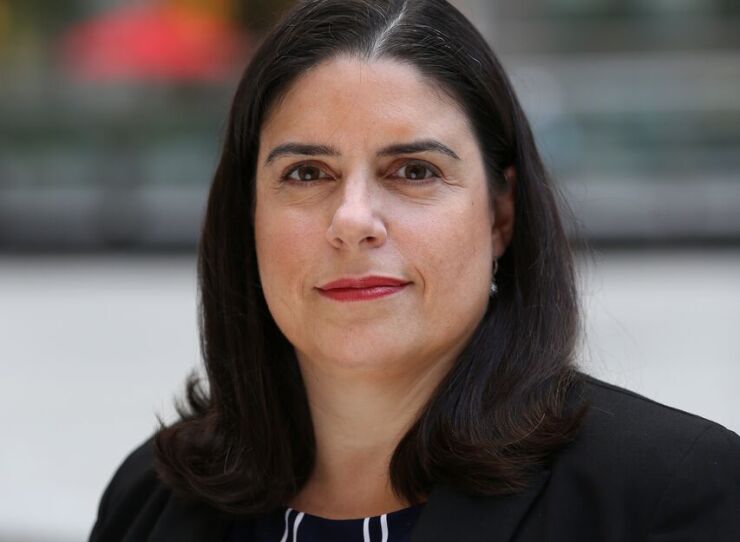MSRB’s rate setting process receives harsh backlash
3 min read

The Municipal Securities Rulemaking Board’s new rate card model is coming under fire by broker-dealer and municipal advisor groups for what those groups see as a lack of transparency, vague budget commitments and a warped process that sets spending plans before revenue for those targets has been met.
The MSRB’s rate card model is new for 2024 and is supposed to help the board respond to market pressures and adjust yearly rates accordingly. For this year, the MSRB’s underwriting fee rose 25%, the municipal advisor fee rose 9%, the board’s transaction fee fell 15% and its trade count fee fell 48%.
SIFMA
“We are deeply concerned about the lack of transparency in the Municipal Securities Rulemaking Board’s budget and its budgeting process, and the need for MSRB’s resources to be directed toward areas within its statutory authority,” a joint letter from the American Securities Association, Bond Dealers of America, the National Association of Municipal Advisors and the Securities Industry and Financial Markets Association said. “The MSRB’s budgeting and rate-setting strategy is alarmingly opaque and troubling, particularly as it entails formulating spending plans before securing revenues to meet these financial targets.”
The letter went on to note that there is a significant lack of detail for projects that sit outside of what they view as the board’s congressional mandate, such as for the board’s many technology initiatives.
“The MSRB should increase transparency and seek stakeholder input throughout the budget process and adopt a more fiscally responsible approach, including demonstrating ways it sought internal cuts or harnessing new projects in the budget process,” the letter said. “There should also be greater detail about the MSRB’s initiatives, including its essential operations, and the costs therein. Currently program details are sparse and there is an inability to compare year to year information to better understand the MSRB’s spending.”
The letter also requests that the MSRB provide detailed information on how the MSRB determines how or when projects are undertaken, so that there is a great cohesion between the regulator and the market it aims to serve and so that there is input every step of the way and not just in its rulemaking initiatives.
“The persistent trajectory of budget increases is untenable and emblematic of broader apprehensions surrounding the MSRB’s operational and budgetary procedures,” the letter said. “Meaningful engagement in the process, coupled with a thorough presentation and comprehension of budget allocations, encompassing expenses inside and outside its congressional mandate, are imperative.”
Those that signed the joint letter also filed their own individual letters with the Securities and Exchange Commission, highlighting their specific stances on the fees their members will soon be on the hook for.
BDA does not object to the rate card process, but does believe the MSRB’s overall approach to fees and revenue is flawed.
“The rate of recent budget increases is unreasonable and unsustainable, the fee structure places too much burden on dealers and not enough on non-dealer municipal advisors and fees under the Rate Card system, while intended to be stable, have turned out to be volatile,” the BDA letter signed by Michael Decker, senior vice president of federal policy and research said.
SIFMA’s letter warns that the fees, mixed with the current interest rate environment, could create market harms.
“The current rate environment, among other factors, has significantly discouraged new issuance, leading to suppressed market activity that has stressed the business model of certain firms,” the SIFMA letter signed by Leslie Norwood, managing director, assistant general counsel and head of municipal securities said. “Instead of buffering or otherwise accounting for current market dynamics, the Rate Card Model amplifies the stress placed on underwriting fees.”







